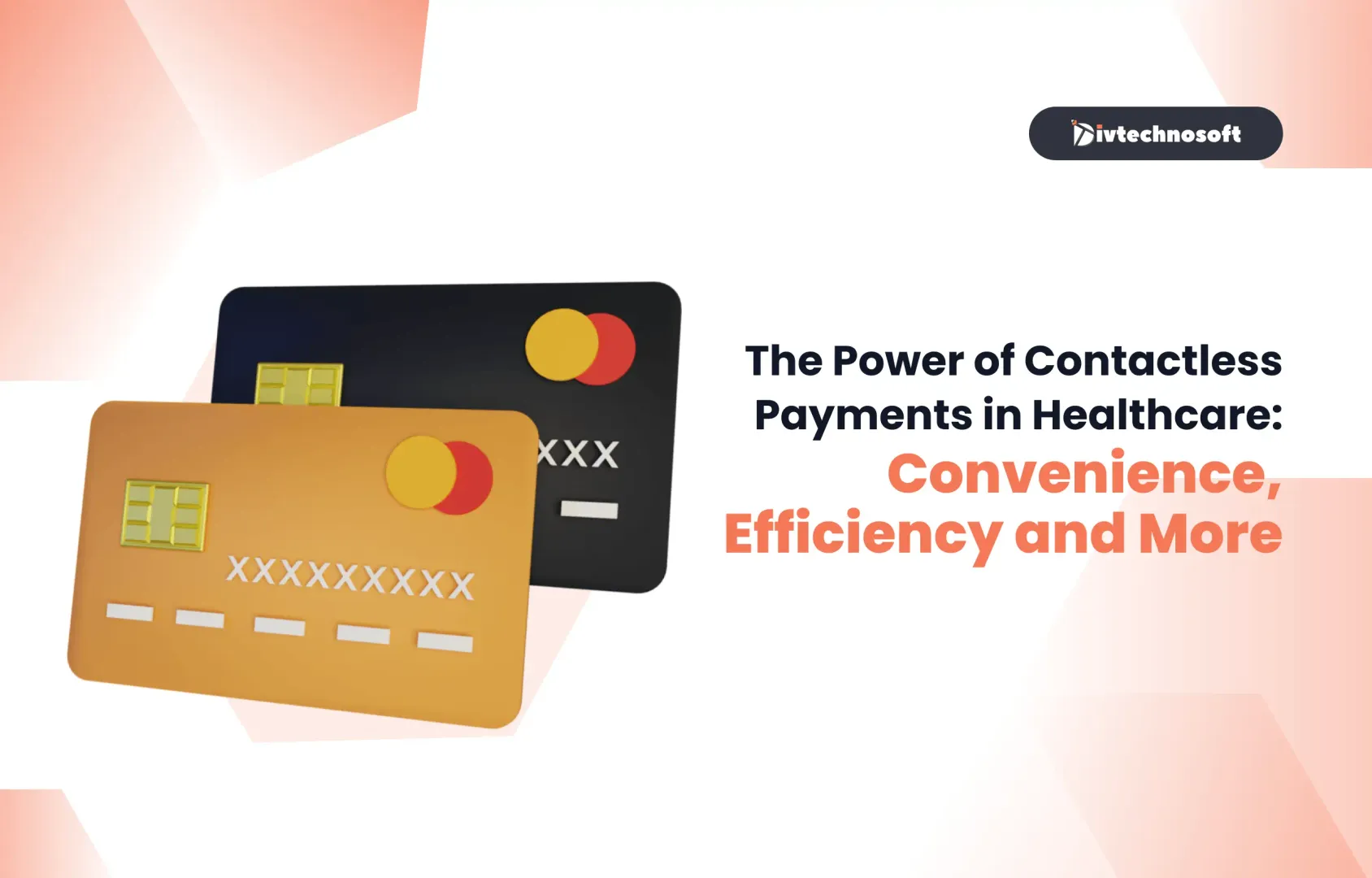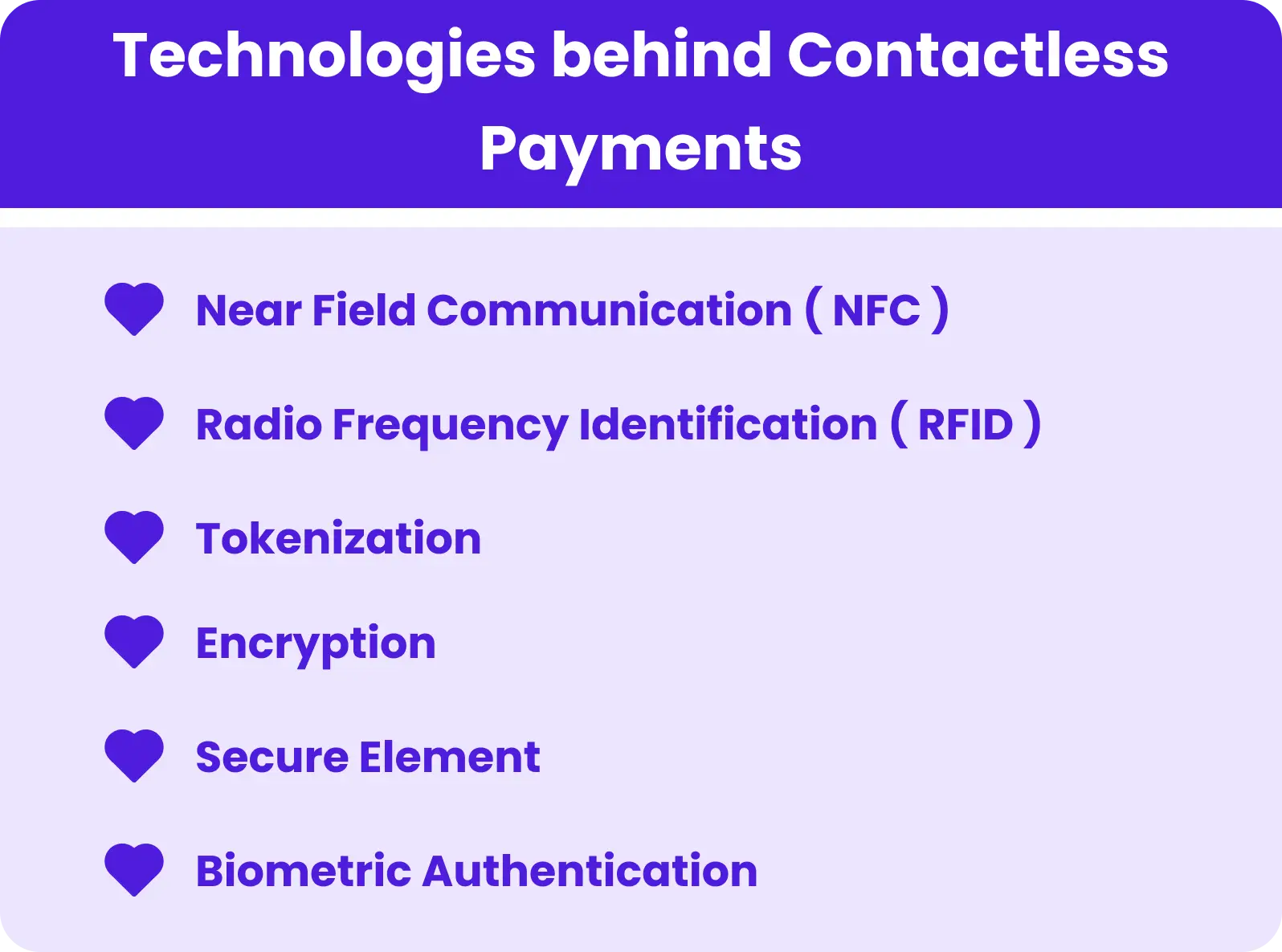Explore how contactless payments are transforming the healthcare industry by enhancing safety, efficiency, and patient satisfaction. Learn about the benefits, technologies, and future of digital payments in healthcare.

As a healthcare entrepreneur, you’re likely always concerned about administrative activities, as they significantly impact patients and doctors. While embracing apps with various frameworks is acceptable, innovative technologies stand out for their ability to impress and streamline. Have you ever considered incorporating modern mobile applications into your healthcare operations? If not, now might be the time to explore the difference they can make.
In the realm of revolutionizing healthcare, contactless payments are bringing remarkable convenience to the industry. As a mobile development service provider, understanding the transformative potential of contactless payments is crucial. The global contactless payment market size was valued at USD 34.55 billion in 2021 and is expected to expand at a compound annual growth rate (CAGR) of 19.1% from 2022 to 2030. Contactless payments include intelligent hardware, innovative software and smart services that improve traditional payment systems and introduce intelligent transactions. They are reshaping healthcare transactions, enhancing efficiency, and improving the overall patient experience. Join us as we delve into how contactless payments, in the realm of revolutionizing healthcare, are bringing remarkable convenience to the industry.
Contactless payments are changing how we pay for things, making transactions easier. It’s getting popular because of their advancement in technology. Contactless payments operate through Near-Field Communication (NFC) technology, allowing users to make transactions effortlessly by simply tapping their cards or devices on a contactless-enabled terminal. This seamless process eliminates the need for physical contact or swiping cards, providing a faster and more efficient payment experience.
Contactless payments in healthcare are also becoming increasingly common, streamlining the payment process for patients and providers alike. As technology gets even better, contactless payments will likely become even more prevalent, changing how we pay for things in places like stores and hospitals.
Over time, how people pay for healthcare has changed a lot. At first, they used cash or checks when they went to the doctor. Then, many started using health insurance, so the insurance company paid for their medical bills. This led to systems where insurance companies negotiated prices with doctors and hospitals.
Nowadays, technology has made paying for healthcare easier. People can use computers or phones to pay their medical bills online. Doctors and hospitals use electronic systems to handle billing and patients can pay online using secure websites or apps provided by their healthcare provider or insurance company. This makes paying for healthcare quicker and more convenient for everyone.
During the COVID-19 pandemic, more people started using virtual healthcare like video appointments. Because of this, there’s a bigger need for safe ways to pay for healthcare from home. In the future, new technologies like blockchain and artificial intelligence could make it even easier and safer to pay for healthcare. And the way we pay for healthcare might change to make sure people get better care and are happier with their experience.

Contactless Payments are important in the healthcare because
Minimize physical contact, reducing the risk of spreading infections.
Speed up transactions, reducing wait times for patients and streamlining administrative tasks.
Enable quick and easy payment without cash or PINs, making life easier for patients.
Incorporate robust security measures to protect sensitive payment data, ensuring peace of mind for all parties involved.
Contactless payments revolutionize healthcare by prioritizing safety, efficiency, convenience and security for both patients and healthcare providers.
Contactless payments have made a big difference for patients in healthcare
By reducing the need for physical contact, contactless payments help prevent the spread of germs and infections, which is really important in healthcare settings.
Patients can pay their bills quickly by tapping their card or phone, without needing cash or entering a PIN.
Contactless payments speed up transactions, so patients spend less time waiting in line and more time getting the care they need.
This payment method is easier for everyone, including patients with disabilities or mobility issues, making it simple for them to pay on their own.
Contactless Payments helps healthcare providers in many ways
They speed up payment processing, freeing up staff to focus on other important tasks, making the whole healthcare operation run more smoothly.
Patients appreciate quick and easy payments, which makes their overall experience better and leaves a positive impression of the healthcare facility.
Contactless payments use advanced security features to protect payment information, reducing the risk of fraud and keeping patient data safe.
Handling less cash and reducing administrative work lowers costs for healthcare providers, allowing them to invest more in patient care and other important areas.
Contactless payments are great for both patients and healthcare providers. They make paying safer, faster and easier for patients and they help healthcare providers work more efficiently and keep payments secure.
Contactless payments bring significant advantages to the healthcare industry by enhancing safety, efficiency, convenience, security and patient satisfaction.
Contactless payments greatly improve the patient experience in healthcare. They offer the convenience of paying medical bills and other expenses without needing cash or checkbooks, and sometimes even without a wallet. This reduces confusion about healthcare payments and allows patients to pay whenever it suits them best. Whether through a patient portal, a phone system or other patient-driven methods, these options ensure that patients can always access their expenses. Patients can review past transactions, which gives them more transparency and strengthens their relationship with their healthcare providers.
Contactless tap to pay payments help healthcare providers save time and reduce costs. Handling cash and manually checking payments takes a lot of time and can lead to mistakes which slows everything down and can affect revenue. Tap to pay options are faster and make fewer mistakes, which helps money come in more smoothly. This also means billing staff have less work to do, so they can focus on other tasks. These systems can automate many tasks, making everything run more efficiently and making it easier for patients to pay using tap to pay.

Online payments make it easy for patients to understand their bills by showing a clear breakdown of costs, which builds trust with healthcare providers. Contactless payments in healthcare add to this convenience by allowing patients to quickly pay their bills with just a tap of their card or device. This method is faster and still provides detailed information about expenses, helping healthcare facilities keep better track of finances and make smarter decisions for smoother operations.
Protecting patient information is crucial in healthcare facilities. To achieve this, healthcare facilities should implement secure payment methods, such as contactless payment options that utilize effective encryption measures to protect sensitive financial information.
By prioritizing patient information security, healthcare facilities can build trust with patients and enhance their reputation. Patients trust healthcare facilities to keep their personal and financial information safe and by doing so, healthcare facilities can strengthen patient relationships and drive business growth. In today’s digital age, protecting patient information is not only a legal requirement but also a vital step in maintaining a positive reputation and attracting new patients.

Contactless payments use simple but smart technologies to make transactions fast and secure.
NFC is a wireless communication technology that enables two devices, like a smartphone and a payment terminal, to establish a connection when they’re brought close together, usually within a few centimeters. This allows for quick and seamless data transfer, making contactless payments fast and convenient.
RFID uses electromagnetic fields to identify and track tags attached to objects. In contactless payments, RFID technology enables communication between a contactless card or mobile device and a payment terminal. This communication allows the payment terminal to read the necessary payment information from the card or device, facilitating secure transactions without the need for physical contact.
Tokenization is a security measure that replaces sensitive payment card information, such as the card number with a unique token. This token is used to represent the card during transactions, reducing the risk of exposing the actual card details in case of a data breach. Tokenization adds an extra layer of security to contactless payments, making them safer for users.
Encryption is the process of encoding information in such a way that only authorized parties can access and understand it. In contactless payments, payment data is encrypted during transmission between the contactless device and the payment terminal. This ensures that even if someone intercepts the data, they cannot decipher it without the proper encryption key, helping to keep payment information secure.
The Secure Element is a tamper-resistant hardware component embedded in mobile devices, such as smartphones and smartwatches. It provides a secure environment for storing sensitive payment information such as card details and tokens. The Secure Element ensures that payment data is protected from unauthorized access and tampering, enhancing the security of contactless payments.
Biometric authentication uses unique physical or behavioral characteristics, such as fingerprints or facial features, to verify the identity of the user before authorizing a transaction. In contactless payments, biometric authentication adds an extra layer of security by ensuring that only the authorized user can make a payment. This enhances security and reduces the risk of unauthorized transactions.
In the future, most patients and healthcare providers will use contactless payments like mobile wallets, wearables and biometric authentication. This will make it easy and quick to pay for healthcare services. Chatbots and artificial intelligence will help with patient interactions, like billing and insurance claims. They’ll also remind patients to pay their bills and offer personalized health advice. Blockchain technology will make sure that all transactions are secure and transparent. Patients will be able to control their own medical records and data, and there will be less risk of fraud or data breaches.
Wearables like smartwatches and fitness trackers will become more important for healthcare contactless payments. Patients will be able to use them to make payments, track their health metrics and get personalized health advice. Mobile payments will continue to be popular for healthcare contactless payments. Patients will be able to use their smartphones to make payments, access medical records and communicate with healthcare providers.
The goal of healthcare contactless payments is to make it easy and convenient for patients. This means eliminating the need for paper receipts, cards or cash. This will lead to happier patients and better healthcare outcomes.
Contactless payments in healthcare are revolutionizing the way patients interact with healthcare providers. By using mobile wallets, wearables, and biometric authentication, patients can make quick and secure payments, streamline their healthcare experience, and focus on what matters most their health. As technology continues to evolve, we can expect even more innovative solutions to emerge, making healthcare contactless payments an essential part of modern healthcare.
With the rise of contactless payments, healthcare providers can reduce wait times, minimize administrative tasks, and focus on delivering high-quality care. Patients will benefit from a more seamless experience, reduced paperwork, and greater control over their health data. As the industry continues to move towards a more digital and patient-centric approach, contactless payments will play a crucial role in shaping the future of healthcare.
Divyesh Savaliya
Divyesh Savaliya
Divyesh Savaliya